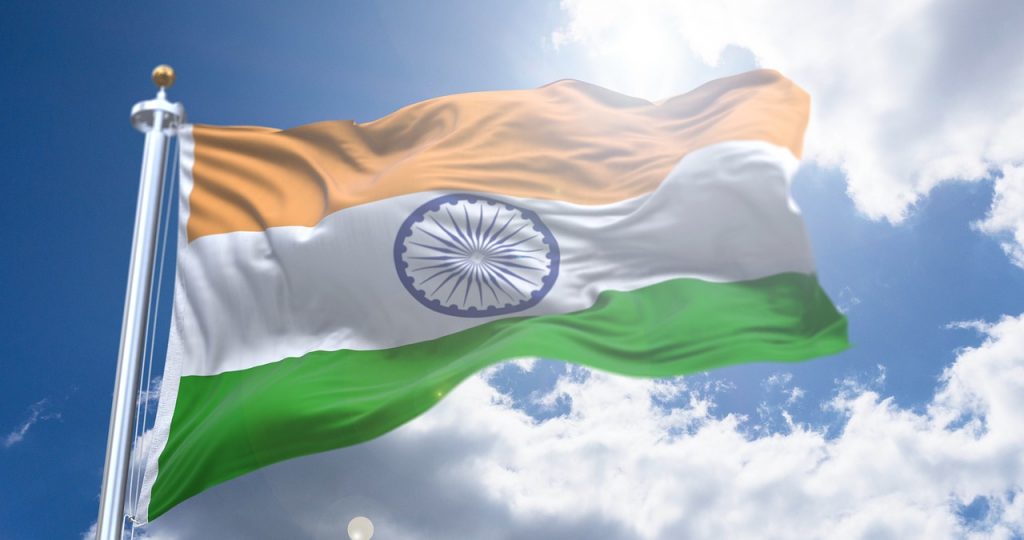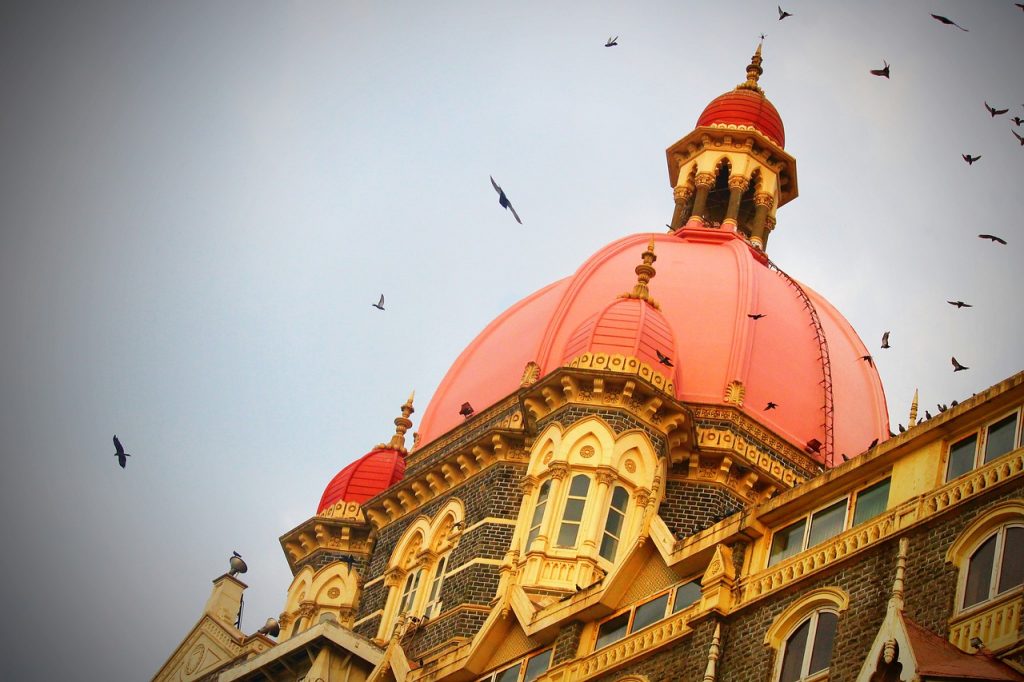August 5, 2019, is considered a momentous day in the history of Jammu and Kashmir. Why? The day marks the abrogation of two articles – Article 370 and 35 (A), which gave Jammu and Kashmir a special status since independence. It is on this particular day that the region was bifurcated into two Union territories of Jammu and Kashmir, and Ladakh.
It’s been over two years since the historic decision. But did it change anything in J&K? How well has Kashmir responded to these crucial changes? How was Kashmir before, and how is it now after the abrogation of Article 370? Of course, many such questions have been lingering over people’s minds, as the event completed two years in August. Accordingly, let’s attempt to explore the changes since the abrogation.
Kashmir before the Abrogation of Article 370
Kashmir’s condition before the abrogation wasn’t hidden from the world. Frequent terror attacks, people living in fear, stone pelting youth, and above all, no significant economic or infrastructural development across the region. To bring J&K under mainstream development, it was necessary to repeal Article 370. That’s because the article had several provisions that gave Kashmir a special status, which in turn, and in a way, deprived the region of development.
What is Article 370?
To understand the situation of Kashmir before the abrogation, you must first know what Article 370 is. So, Article 370 of the Indian Constitution was a ‘temporary provision’ that granted special autonomous status to Jammu and Kashmir. Under part XXI of the Constitution of India that deals with “Temporary, Transitional and Special provisions,” Jammu and Kashmir had been accorded special status under Article 370. The constitutional provisions applicable to other states of India were not relevant to J&K. The region having a prime minister instead of a chief minister is one of the examples.
Provisions of Article 370
The article disallowed the Parliament to apply laws, except for foreign affairs, defense, finance, and communications, without the concurrence of the state government. As a result, Kashmir’s residents would live under a separate set of laws, including those associated with property ownership, citizenship, and fundamental rights, as compared to that by other Indian citizens. This, in turn, resulted in disallowing Indian citizens from purchasing land or property in Jammu and Kashmir.
On the one hand, where the article prohibited Indians from making property investments in Kashmir, on the other, frequent terror attacks, geopolitical instability, dissatisfaction among Kashmiri citizens, etc., have been contributing to Kashmir’s stagnancy in terms of economic and infrastructural development for several years. Collectively, due to all these factors, development in Kashmir couldn’t take off in the real sense.
Meaning of the Abrogation of Article 370
Abrogation of Article 370 means a lot. Some of it includes,
- Cancellation of Kashmir’s special status
- J&K’s special flag turns defunct
- Non-local spouses of the women of J&K receive domicile status
- Stone pelters or those involved in subversive activities will not get security clearance for passport
- Indians from the rest of the country will be able to buy property in Kashmir and settle in the state
- Creation of two Union Territories – Jammu and Kashmir and Ladakh
- Full applicability of the Indian Constitution and all the 890 Central Laws to J&K
- Applicability of 170 more laws to J&K, including many progressive ones such as,
- Whistle Blowers Protection Act, 2014
- Right of Children to Free and Compulsory Education Act, 2009
- Scheduled Caste and the Scheduled Tribes (Prevention of Atrocities) Act
- National Commission for Safai Karamcharis Act, 1993
- National Commission for Minorities Act
- Scheduled Tribes and Other Traditional Forest Dwellers (Recognition of Forests Rights) Act, 2007
Kashmir after the Abrogation of Article 370
Now that we know the meaning of Article 370, some of its special provisions, and what its abrogation means, we now review the situation in Kashmir and understand where the region stands two years after the removal of the article.
(Source – https://timesofindia.indiatimes.com/india/two-years-since-article-370-abrogation-what-has-changed-in-jammu-kashmir/articleshow/85057707.cms)
1. Reduction in Terror Threat
According to the data provided by the Home Ministry, there has been a sharp decline in the number of terror-related incidents since the revocation of Article 370. Based on the ministry’s written reply in Rajya Sabha, the number of terrorist incidents dropped by 59% in 2020. There has been a further reduction by 32% until June 2021, compared to the corresponding period in 2019. One can confidently term these plummeting figures a significant achievement, which has come within only two years.
2. Rehabilitation of Kashmiri Pandits
Based on figures from a 1990 report, about 44,000 Kashmiri migrant families have fled the valley since the 1990s, owing to security concerns. Out of these, the number of registered Hindu families was 39,782. In a written response in Rajya Sabha, the government has informed that 3,841 Kashmiri migrant youths have returned to Kashmir in recent years and are working across various districts under the PM’s rehabilitation package. It also announced that it had prepared a comprehensive policy to provide residential accommodation to migrants who’ve returned to J&K.
3. Industrial Advancements
As informed by the government in Rajya Sabha, as of March 2021, around 456 MoUs valued at INR 23,252.17 crore have been signed with potential investors ever since the J&K has transformed into a Union Territory. The Center has approved a new Industrial Development Scheme for J&K with an outlay of INR 28,400 crore to foster industrial development and retain the existing ones. Additionally, the J&K administration approving a business package of INR 1,352.99 crore in September 2020 is another healthy move for the region’s industrial progress.
4. Political Front
From house arrests of prominent Kashmiri leaders to the formation of the Gupkar alliance on the political front, the revocation led to a series of events. The Gupkar alliance, in particular, aims to restore the state’s special status. It contested the District Development Council (DDC) elections in December 2020 and won.
Lately, PM Modi held a meeting with the top leaders of the erstwhile state to discuss the future. He informed that elections could be a possibility only after the delimitation exercise in Jammu and Kashmir. Nevertheless, almost all the major parties are firm on restoring Kashmir’s special status.
5.AGMUT Merger
Another significant change includes the J&K cadre for All-India Services (Indian Forest Services, IPS, and IAS officers) were merged with the existing cadre of Arunachal Pradesh, Goa, Mizoram, and Union Territories (AGMUT).
The merger aims to combat the shortage of All-India Services officers in J&K due to an earlier UPA rule that fixed the ratio of direct recruits in Civil Services to promoted candidates from Jammu and Kashmir state civil services at 50:50 as against the 67:33 formula followed in other states of India. So now, an officer from the AGMUT cadre can be posted in J&K and Ladakh and vice-versa.
Conclusion
Many may question the benefits of Article 370 and underestimate the positive changes that have taken place within these couple of years. However, it must be understood that two years, on a nationwide scale, is equivalent to a blink of an eye. Especially when the country has so many other equally important agendas to handle, the changes within these two years deserve applause. They should be welcomed with a positive mindset for the betterment of the UTs. This is only the beginning of a new and brighter sunrise on the vast horizon of this stunning region!



